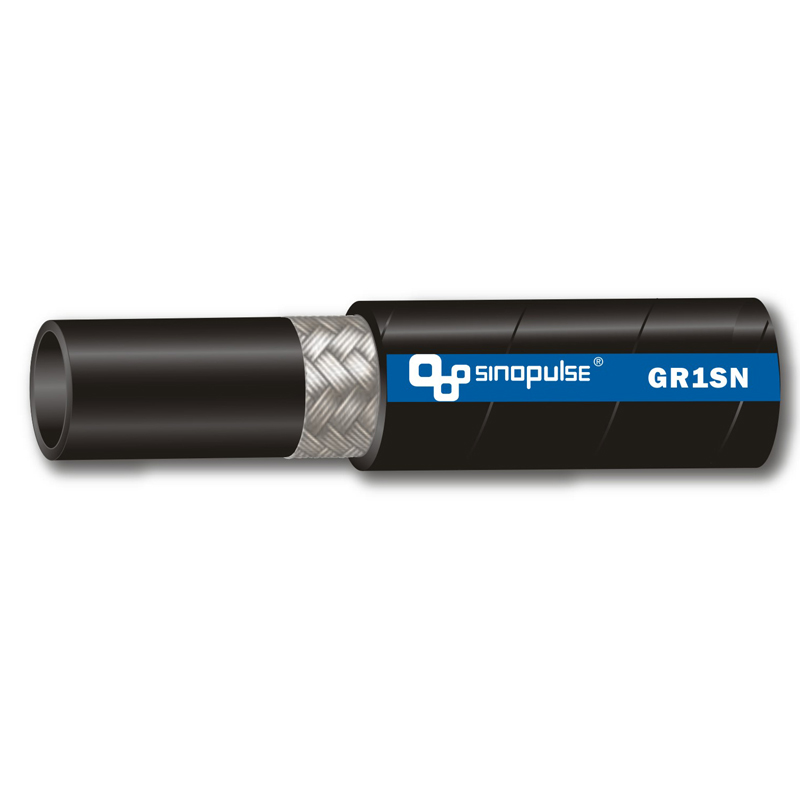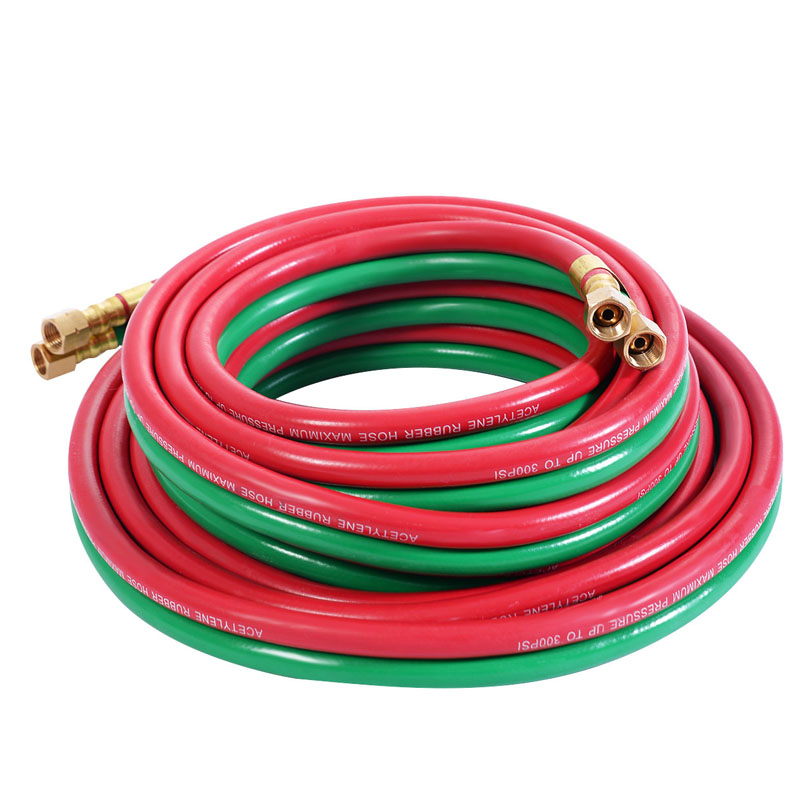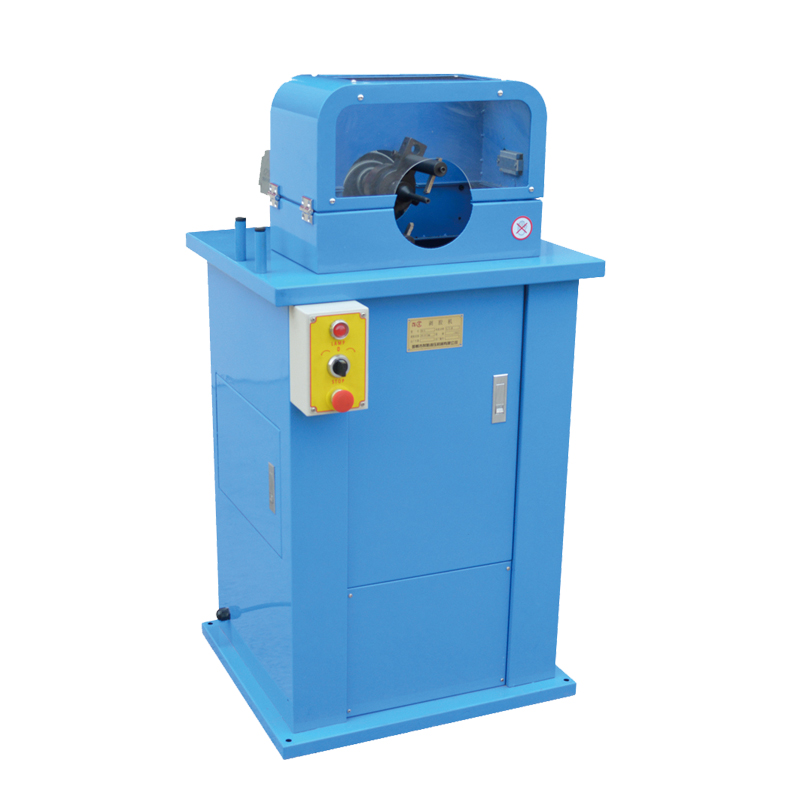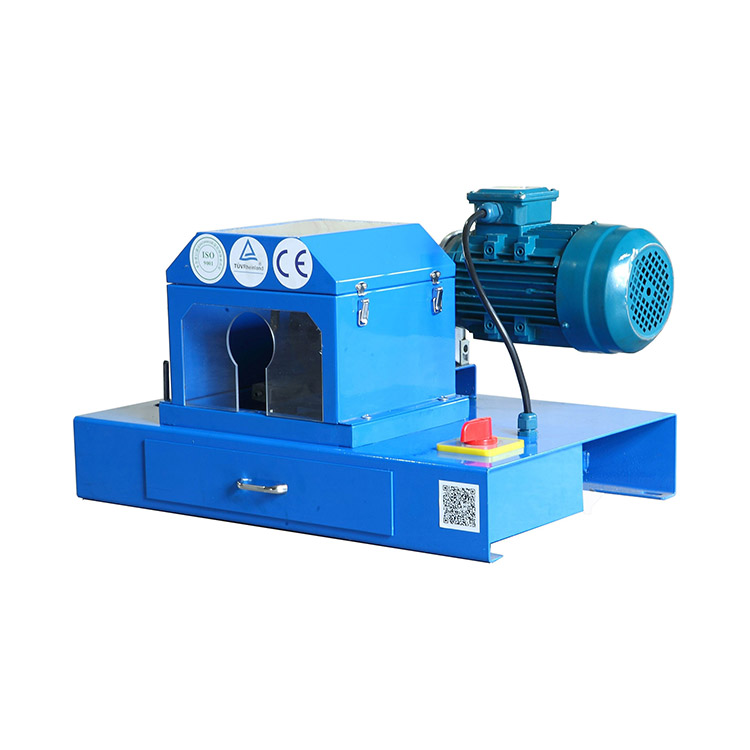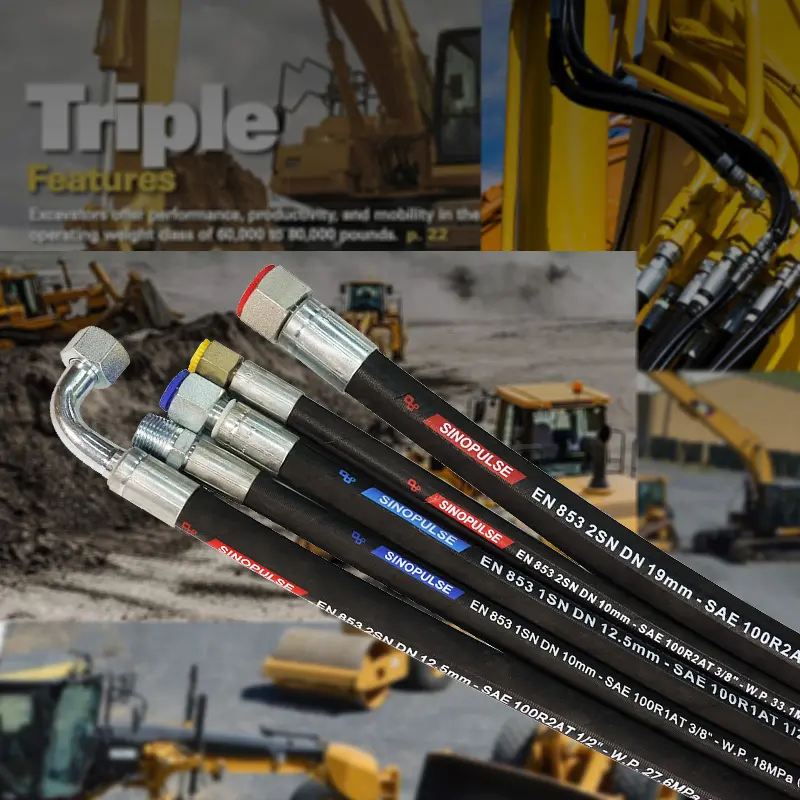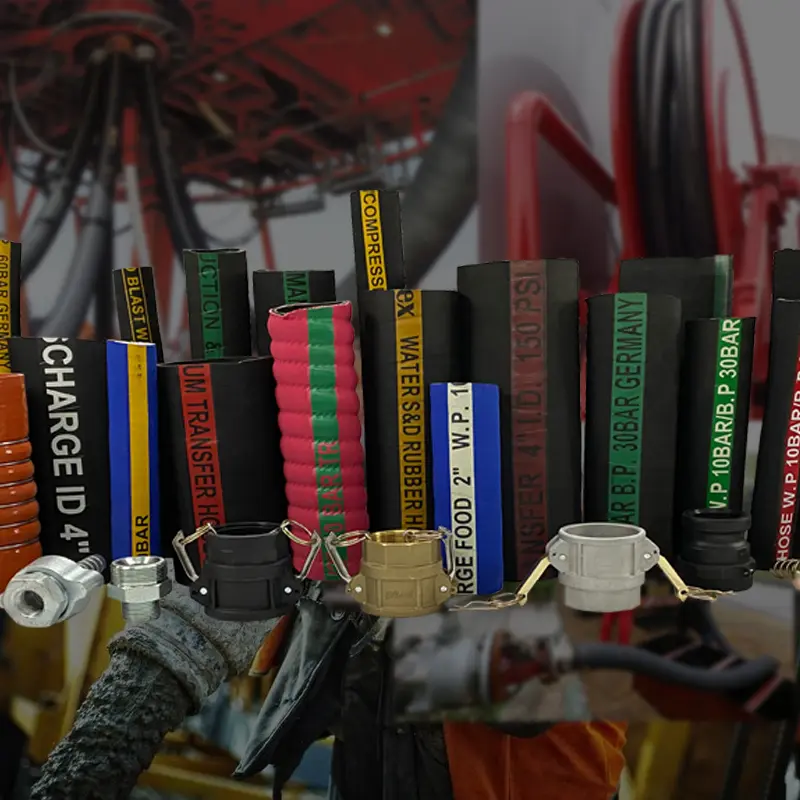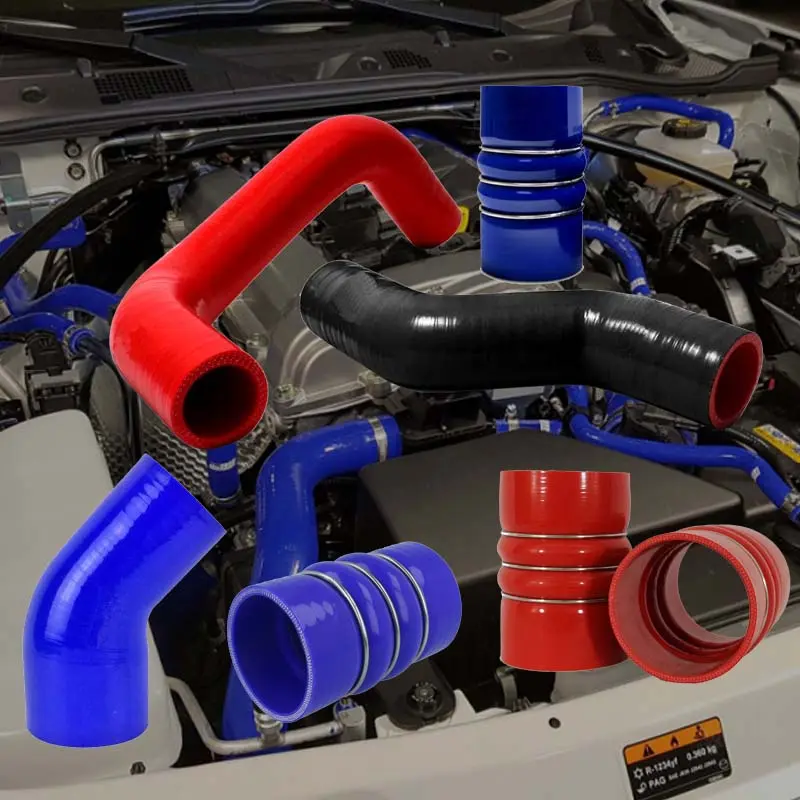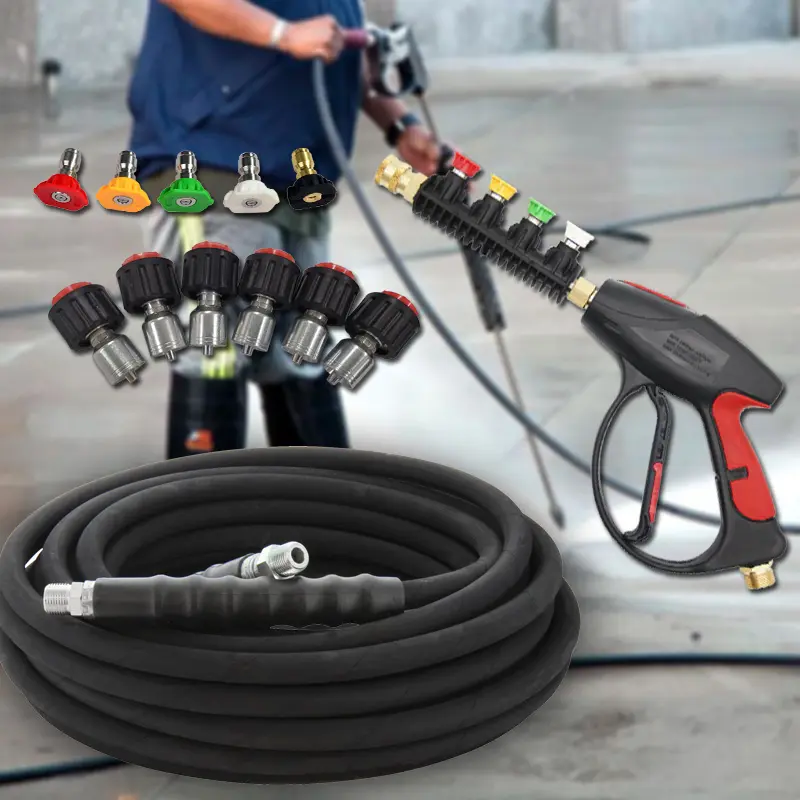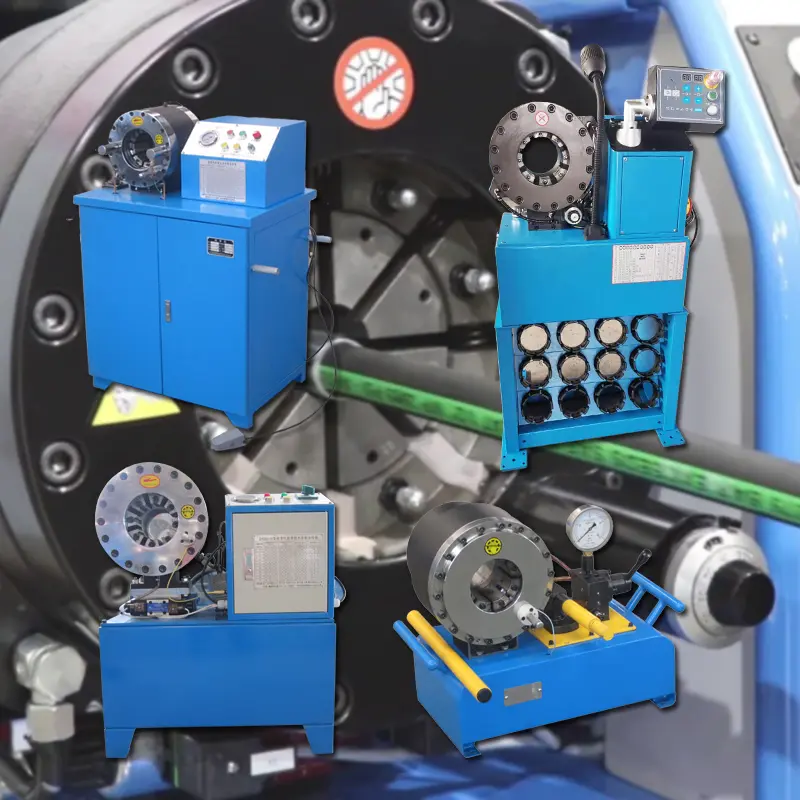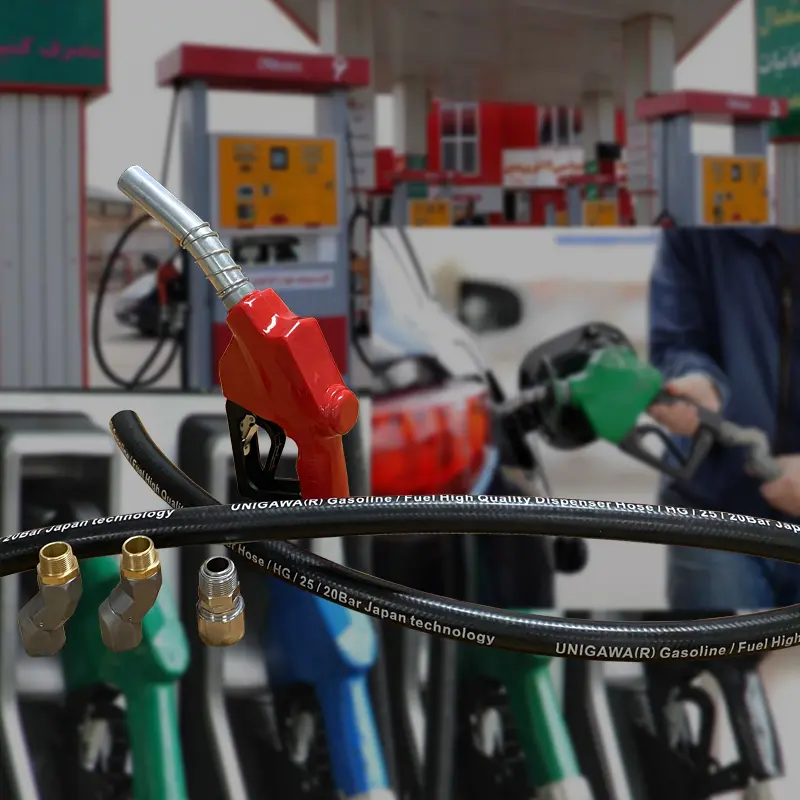Understanding Rubber Welding Hoses A Comprehensive Guide
Rubber welding hoses are specialized tools designed to meet the needs of various industrial welding applications. Their construction, durability, and functionality play a vital role in ensuring safety and efficiency in welding operations. This article will delve into the importance, applications, construction, and care of rubber welding hoses, providing a thorough understanding of their role in the welding industry.
What is a Rubber Welding Hose?
A rubber welding hose is a flexible tube made of high-quality rubber, designed to transport gases, mainly oxygen and acetylene, which are essential for welding processes, particularly oxy-fuel welding. These hoses are specifically engineered to withstand the high pressures and temperatures associated with welding while ensuring that there is no leakage of the gases they carry.
Importance of Rubber Welding Hoses
The use of rubber welding hoses is critical for several reasons. First and foremost, they are vital for maintaining a safe work environment. High-quality hoses are built to prevent gas leakage, which can lead to hazardous situations such as fire or explosions. Additionally, they provide the flexibility needed for welders to maneuver in various work settings, enabling them to reach intricate angles and tight spaces without compromising safety or performance.
Furthermore, rubber is chosen for its excellent resistance to wear and tear, which translates to a longer lifespan compared to hoses made of other materials. This durability helps reduce the frequency of replacements, ultimately saving money for businesses.
Applications of Rubber Welding Hoses
Rubber welding hoses are extensively used in various industries, including manufacturing, construction, and automotive sectors. They are employed in processes such as cutting, welding, and heating. The most common applications include
1. Oxy-Acetylene Welding This is the most traditional form of welding, wherein oxygen and acetylene gases are mixed and ignited to generate a flame hot enough for welding metals. Rubber hoses are essential in this application, delivering the gases safely to the welding torch.
2. Metal Fabrication In metal workshops, rubber welding hoses are essential for fabricating parts and assemblies. The flexibility of the hoses allows fabricators to work in tight configurations, enhancing their productivity.
3. Car Repairs Automotive technicians use rubber welding hoses for tasks that require metal joining, such as repairing exhaust systems or bodywork, due to their reliability and effectiveness in high-temperature applications.
rubber welding hose
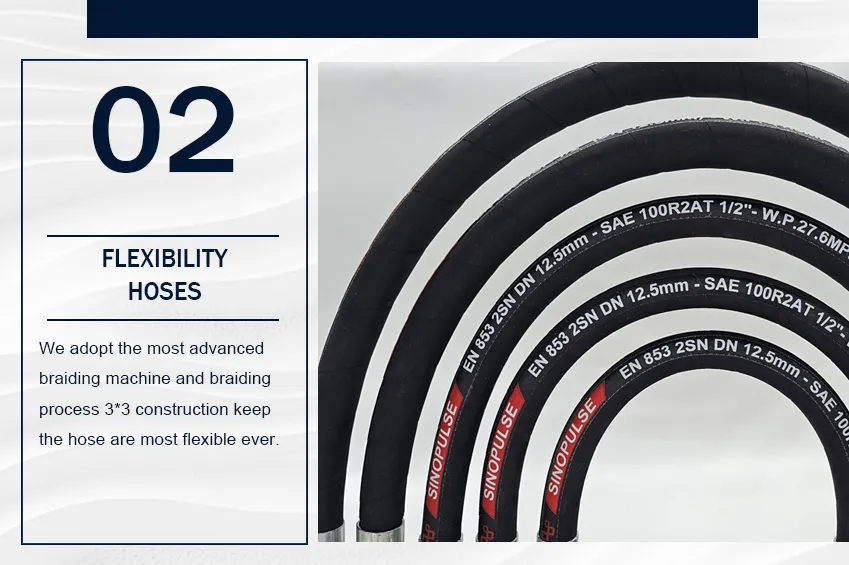
Construction of Rubber Welding Hoses
The construction of these hoses typically involves a combination of layers. The inner layer is made from a blend of high-grade rubber compounds, specifically designed for gas containment. This ensures minimal reactivity with the gases. Additionally, there are reinforcement layers that provide structural integrity and prevent collapse under pressure. The outer layer is designed to be resistant to abrasion, UV light, and chemicals, contributing to the overall durability of the hose.
Rubber welding hoses come in various diameters and lengths, allowing users to select the most suitable options based on their specific needs. It is crucial for users to ensure that the hoses are compliant with industry standards to guarantee safety and performance.
Care and Maintenance of Rubber Welding Hoses
To ensure longevity and safe operation, proper care and maintenance of rubber welding hoses are essential. Here are some tips
1. Regular Inspection Before each use, inspect hoses for any signs of wear, cracks, or damage. If any defects are found, replace the hose immediately.
2. Proper Storage Store hoses in a cool, dry place away from direct sunlight or extreme temperatures. Avoid coiling them tightly as this can cause kinks and damage.
3. Avoiding Chemical Exposure Keep the hoses away from chemicals and solvents that may degrade rubber.
4. Gentle Handling Avoid dragging hoses over rough surfaces or placing heavy objects on them to reduce the risk of physical damage.
Conclusion
Rubber welding hoses are indispensable tools in the welding industry, crucial for ensuring safe and effective operation. Their robust construction, essential applications, and the need for regular maintenance highlight their importance in various industrial contexts. By understanding the role and care of rubber welding hoses, welders and technicians can optimize their work, ensuring not just efficiency but also safety in their welding tasks.
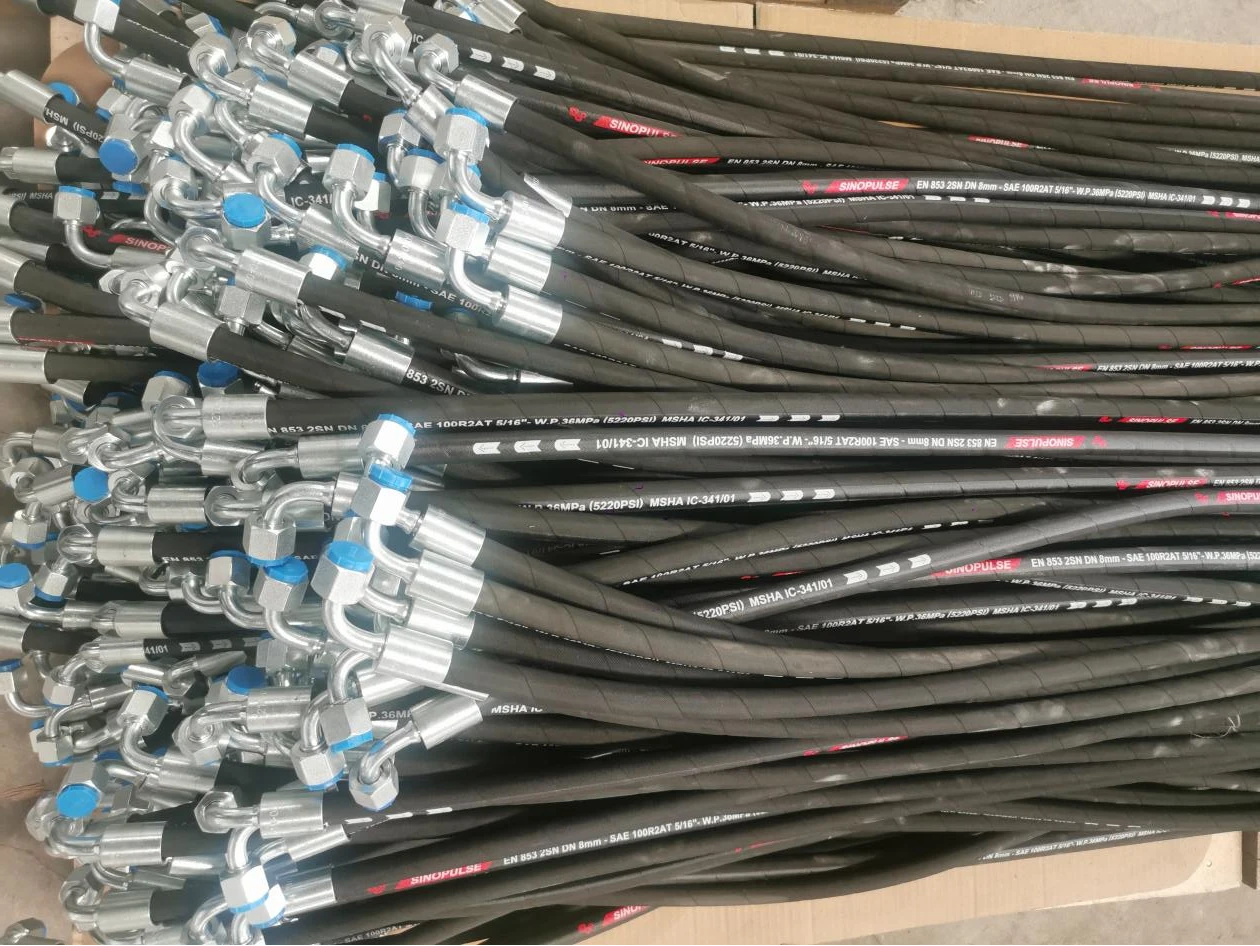
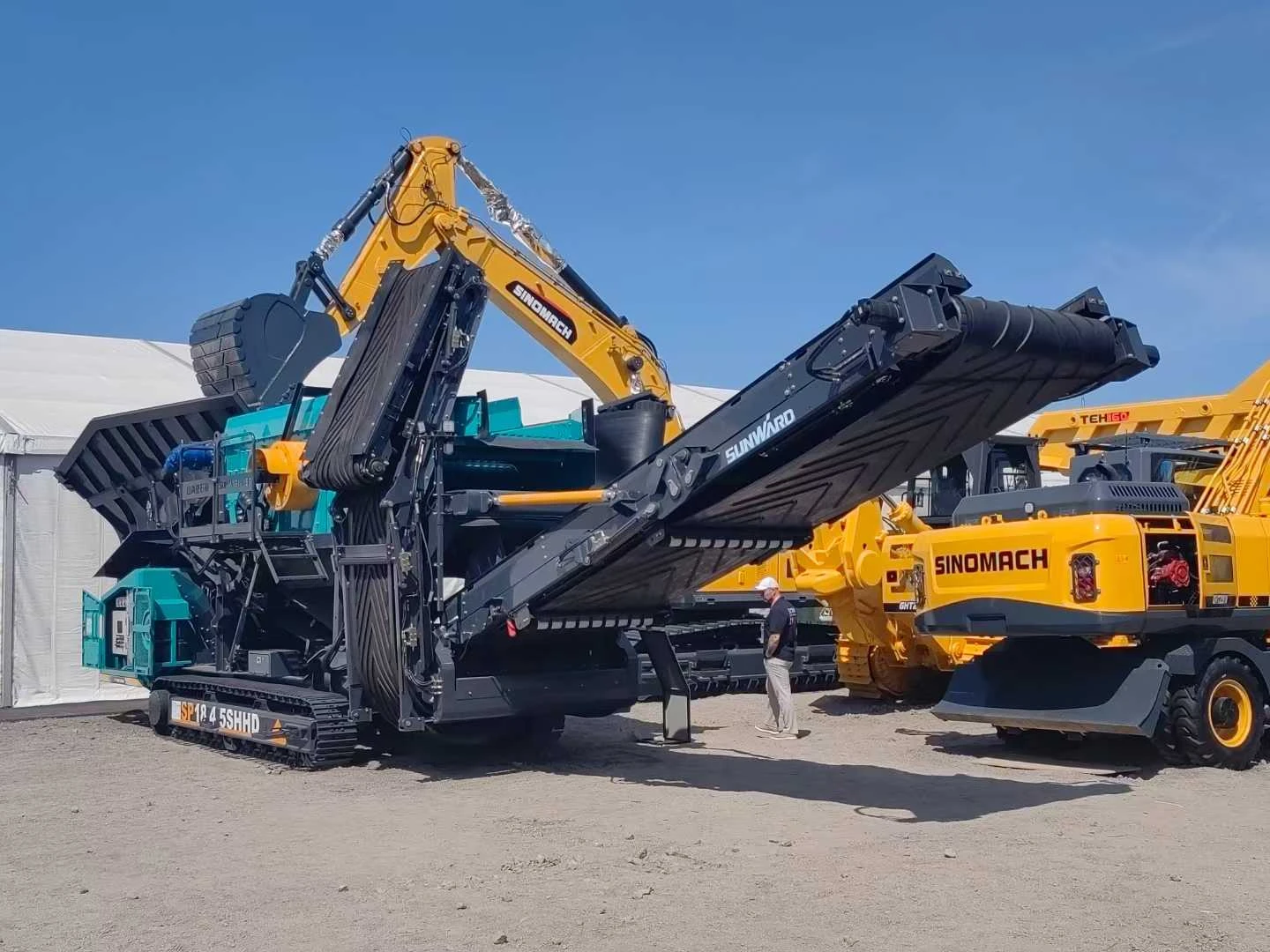
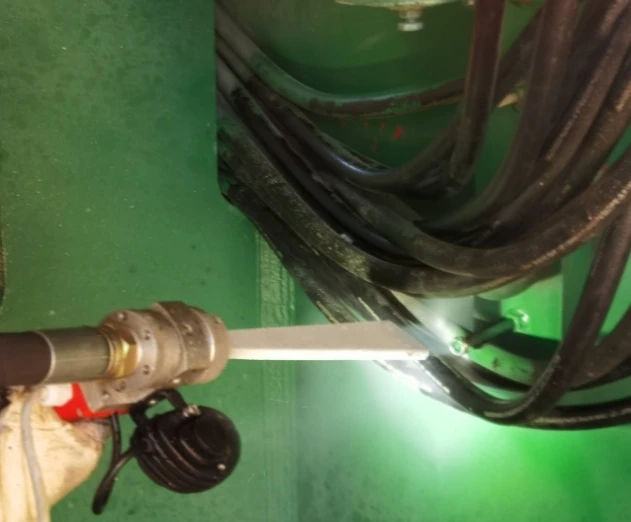
Product Application









